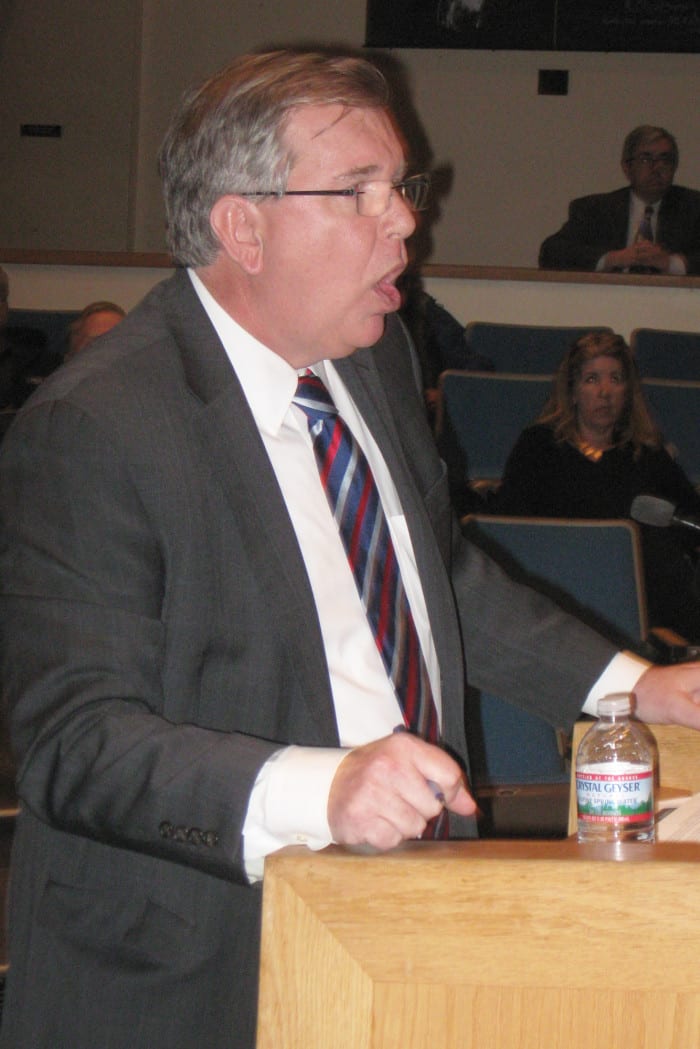Seeing the injuries to Collins’ neck, the medics at the scene directed the injured officer to the Stony Brook Trauma Center, where the Code T Team — the highest level activated — was called in. Several medical professionals prepared for his arrival, including a board-certified general surgeon and an anesthesiologist, in case the officer needed emergency surgery. The center also held open an operating room and a CT scanner and had several other medical professionals, including a radiology technician, at the ready.
“We bring all the necessary resources to handle any array of injuries,” said Dr. James Vosswinkel, chief of Division of Trauma, Emergency Surgery and Surgical Critical Care at Stony Brook Medicine.
A gunshot wound to the neck “doesn’t sound good,” said Vosswinkel, who was home in East Setauket before the incident. When Collins came in, “we mobilized all the appropriate services.”
The prospect of such a serious injury raised concerns for their incoming patient.
Any time there is a Code T alert, “your blood pressure goes up a little bit,” Vosswinkel said. Still, he and the other members of the medical crew were prepared to follow a system that uses a “standard algorithmic approach” for injured patients, “where we have people come in and everybody knows their role.” The medical staff relies on a set of instructions that involve multiple people whose responsibilities range from stabilizing the patient to identifying injuries.
How does a surgeon who might be required to spend hours with a patient at any given time — and often late in the night, as was the case with this officer — prepare for the moment when he might ask his or her body and mind to focus on something unexpected?
Vosswinkel’s response, like those of the police who deal with emergency situations in our communities, was simple: training. Four years of medical school, five years of general surgery and then a few years of additional trauma training helped him prepare emotionally and physically.
The doctors also “try to keep ourselves in good shape with a healthy lifestyle and the necessary rest,” which gives them emotional and physical control. “You’re prepared when you’re on call,” he said. “The first priority” in an emergency is to “get a good enough team and good enough number of people together so you can handle the rigors that may be required.”
Vosswinkel said he does what many people who confront a high-stress situation do: He takes a slow deep breath, moves a step back and does whatever he can to remain focused and logical.
“Practicing in a hospital like this allows you to keep focus and keep your emotions in control,” he said.
The bullet in Collins’ neck was an inch away from a much more precarious outcome. The surgical team put him in a medically-induced coma. Standing behind Collins in a wheelchair as other officers saluted their wounded colleague, Vosswinkel brought Collins out of the hospital.
Vosswinkel said he and the staff were inspired by Collins’ dedication as a police officer and his contribution to the community.
“How could you not be inspired by someone like him?” Vosswinkel asked. “These guys are out there making it safe so something bad doesn’t happen to us.” And, when something bad happens to them, the trauma unit stands ready.














